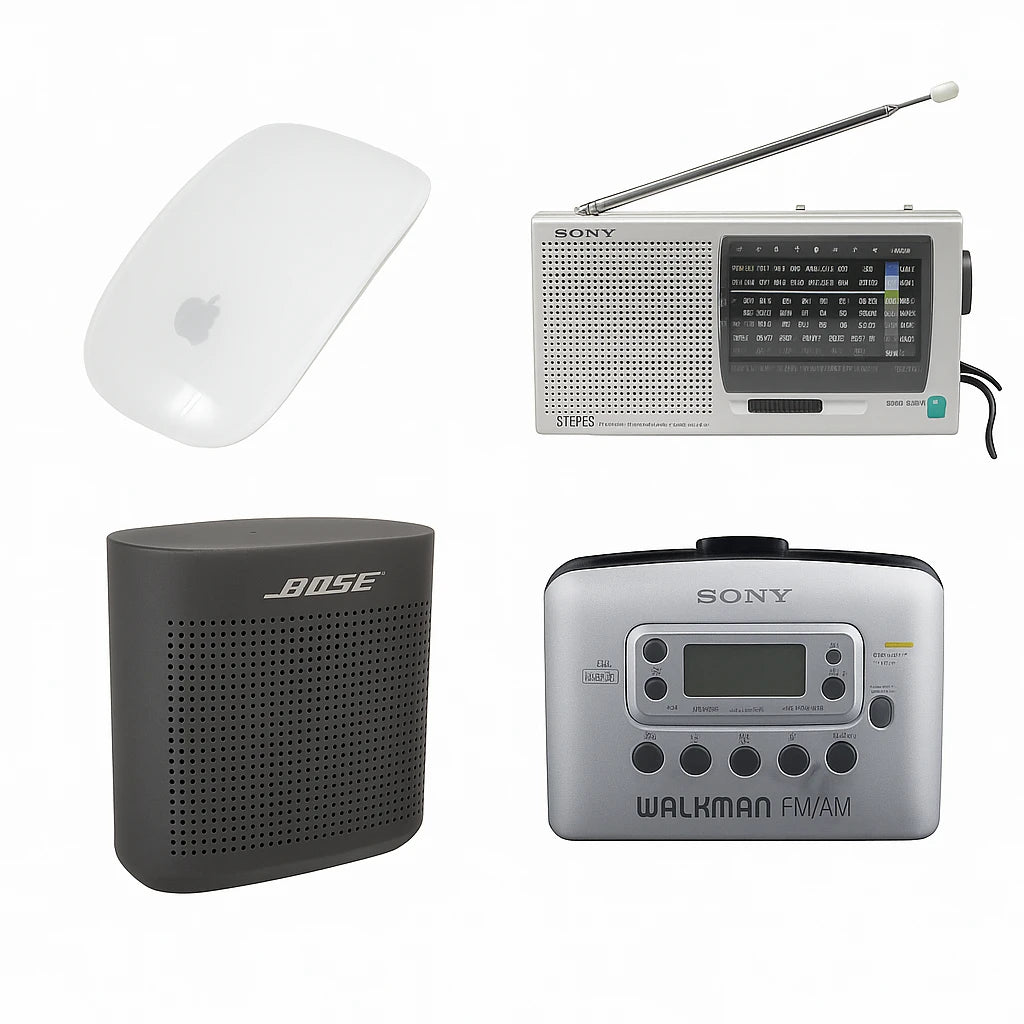
Cúlra Gearr
Cad a gheobhaidh tú: comhoibriú ar bhunús an Canon Prima 5 mar cheamara scannán inrochtana.
Cuireadh i láthair é idir deireadh na 1980idí agus na 1990idí, margaíodh an Canon Prima 5 i réigiún éagsúla faoi ainmneacha cosúil le Sure Shot Sleek nó Autoboy. Bhí sé mar réiteach scannáin inrochtana agus inacmhainne, a tógadh chun an castaíocht a bhaint as grianghrafadóireacht trí uathoibriú.
Do go leor, tháinig an chéad chur i láthair ar scannáin trí phointe agus shootanna teaghlaigh. Cuimhním ar an nós a bhí ann ag fanacht le priontaí, ag súil go dtiocfadh mo shnaps de chairde agus laethanta ag an bpáirc áitiúil amach géar. Tá an Prima 5 ag iompar an t-aon mhagic inrochtana sin inniu.

Príomhthréithe Teicniúla
Cad a gheobhaidh tú: forbhreathnú ar na gnéithe agus na sonraíochtaí a shainíonn an Canon Prima 5.
Formáid Scannáin agus Lionsa
Oibríonn an ceamara scannáin comhoiriúnach seo le scannán caighdeánach 35mm agus tacaíonn sé le códú DX idir ISO 50–1600. Soláthraíonn lionsa socraithe ~35mm f/3.5 comhoiriúnacht nádúrtha laethúil — foirfe do shnapanna neamhfhoirmiúla.
Uathoibriú
Le hionradh uathoibríoch, nochtadh uathoibríoch, agus flash tógtha, ní gá ach beagán iarrachta chun grianghraif chothrom a tháirgeadh. Tá luchtú agus athchur scannáin uathoibríoch freisin.
Cumhacht
Oibríonn an ceamara ar bhataire CR123A amháin, atá fós ar fáil go forleathan i 2025.

Who Benefits Most from the Canon Prima 5
Cad a gheobhaidh tú: tuiscint ar na cineálacha fotagrafoirí a bhainfidh taitneamh as an gcomhoiriúnacht scannáin comhoiriúnach seo.
Oibríonn an ceamara scannáin comhoiriúnach seo le roinnt cásanna úsáide. Tá sé oiriúnach do thosaitheoirí ar mhaith leo dul isteach i gcló analógach gan chrua-chur foghlama. Taitníonn dearadh discréideach leis na grianghrafadóirí sráide. Úsáideann daoine cruthaitheacha é chun laethanta grianghraf a ghabháil, agus taitneamh a bhaint as comhoibriú idir méid agus nostalga.
Samhlóidh tú an ceann pictiúr ar thuras deireadh seachtaine le Prima 5 amháin i do phóca. Siúlann tú timpeall na cathrach, ag snapáil nóiméid sráide gnáth agus sonraí ciúin — laethanta grianghraf bunaithe ar instinct seachas socruithe.

Úsáidí Cruthaitheacha i 2025
Cad a gheobhaidh tú: bealaí chun an ceamara clasaiceach seo a chur i bhfeidhm i gcruthanna cruthaitheacha na linne inniu.
```html- Grianghrafadóireacht sráide agus doiciméadaíochta le haghaidh íomhánna macánta, sponta.
- Dialanna stíle laethúla agus nóiméid teaghlaigh a chaomhnófar ar fhilm.
- Cruthaitheacht hibrideach trí na diúltachtaí a scanadh agus a mheascadh le healaín dhigiteach.
- Ábhar na meán sóisialta a comhoiriúnóidh le heistéiticí ghréasáin reatha.

Treoir Ceannaigh do Canon Prima 5 Úsáideach
Cad a gheobhaidh tú: seiceálacha praiticiúla sula gceannaíonn tú an ceamara úsáidte seo.
Tá Canon Prima 5 úsáidte inacmhainne ach éilíonn sé seiceálacha coinníoll chun a chinntiú go bhfuil sé inúsáidte. Tabhair aird ar shoiléireacht an lionsa, ar leictreonaic ag feidhmiú, agus ar shéalaí doras an fhilm. Déan iniúchadh ar na comhoibrithe ceallraí le haghaidh creimeadh agus ar shéalaí foama le haghaidh sceitheadh solais a d'fhéadfadh tarlú. ```
- Seiceáil an lionsa le haghaidh scratanna nó ceo.
- Déanaigh tástáil ar an autofocus, an flash, agus an auto-wind.
- Scrúdaigh an comhoibriú ceallraí le haghaidh creimeadh.
- Scrúdaigh na séala scannán chun leá a chosc.
- Comhoiriúnigh na liostálacha reatha chun íoc ró-ard a sheachaint.
Ba é mo chéadthrift ceamara a bhí ann a bhí simplí le húsáid. D'úsáid mé an lionsa ag coinneáil é faoi sholas, chinntigh mé go raibh an flash luchtaithe, ansin rinne mé tástáil ar an séal cúil le solas beag. Leanann an nós sin ar aghaidh inniu nuair a cheannaímid rudaí dara láimhe.
Comhoibrithe agus Conairí
Cad a gheobhaidh tú: bealaí chun an conair Canon Prima 5 a leathnú agus a nuashonrú.
- Comhoiriúnach le scannáin 35mm atá ar fáil go forleathan cosúil le Kodak Gold nó Ilford HP5.
- Fanann ceallraí CR123A éasca le fáil i 2025.
- Obraíonn sé go hálainn i socruithe híbrid a chomhcheanglaíonn scannáin agus eagarthóireacht dhigitigh.
- Cuireann strapanna agus cásanna cosanta le a inláimhsitheacht agus a iontaofacht.

Conclúid: An bhfuil an Canon Prima 5 ceart duitse?
Cad a gheobhaidh tú: treoir dheiridh ar an gceist an bhfuil sé seo do phointe iontrála isteach sa scannán.
Dearadh an Canon Prima 5 le haghaidh inrochtana, éascaíochta, agus scéalaíochta. In today’s second-hand market, it remains a fun, democratic way into film photography without steep costs or learning curves.
Conradh tapa
- Roghnaigh é seo más mian leat simplíocht scannáin gan fuss.
- Seachain é más gá duit lionsaí inathraithe nó rialú ardleibhéil.
- Foirmiúil do thaistealaithe, cruthaitheoirí, nó laethanta gnáth.
- Iontráil inacmhainne isteach i analóg le húsáid buan.
Sochair
- Comhoiriúnach agus éadrom.
- Oibriú go hiomlán uathoibríoch.
- Comhoiriúnach le buiséid i gcomparáid le samhlacha culta.
- Formáid scannáin a tacaítear go forleathan.
Lochtanna
- Rialú cruthaitheach teoranta i gcomparáid le ceamaraí láimhe.
- Ag brath ar chuid leictreonacha a d'fhéadfadh aois a chur orthu.
- Ní bhíonn aon roghanna lionsa ann seachas an lionsa caighdeánach atá comhoiriúnach.
Ceisteanna Coitianta
An bhfuil an Canon Prima 5 maith do thosaitheoirí? Tá — ní theastaíonn aon choigeartuithe láimhe uaidh, rud a fhágann go bhfuil sé inrochtana do dhuine ar bith atá ag tosú le grianghrafadóireacht scannán.
Cad é an cineál scannáin a úsáideann an Canon Prima 5? Úsáideann sé scannán caighdeánach 35mm, le tacaíocht cód DX do ISO 50–1600.
Conas a chóir go mbeadh costas Canon Prima 5 ar an dara láimh? Bí ag súil le híoc idir €40–€90 ag brath ar an gcás, i bhfad níos lú ná na samhlacha culta préimhe.
An oibríonn an Canon Prima 5 go muiníneach inniu? Tá — má choinnítear é. Seiceáil i gcónaí an díriú, an solas, agus na séalaí sula gceannaíonn tú.










0 tuairimí